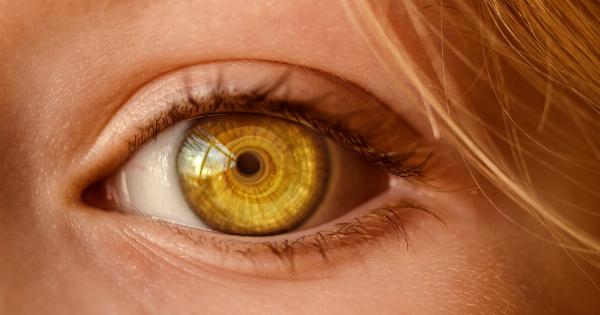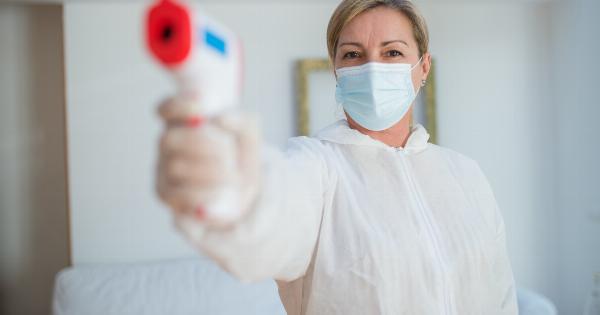Human papillomavirus (HPV) is one of the most common sexually transmitted infections (STIs). It affects both genders, and can cause multiple health issues including cervical cancer, genital warts, and other cancers in the genital and throat areas.
HPV can spread through skin-to-skin contact, and there are over 100 types of the virus, some of which can put both men and women at risk of developing cancer.
What is self-inoculation?
Self-inoculation refers to the transmission of an infection, such as HPV, from one part of your body to another via touch or contact, without involvement of another person as the source of infection.
In the case of HPV, it can happen when you touch a genital wart or lesion, and then touch another part of your body. For example, touching a wart on your foot and then touching your genitals or anus can result in self-inoculation with HPV, even if you previously did not have an infection in these areas.
How common is self-inoculation with HPV?
Self-inoculation with HPV is a rare occurrence, but it can happen to anyone, especially people with weakened immune systems or those who engage in risky sexual behaviors.
The likelihood of self-inoculation increases if you have existing HPV infections in your body, and if you also have open cuts or wounds on your skin.
Can self-inoculation with HPV lead to cancer?
Self-inoculation with HPV can lead to the development of different types of HPV-related cancers, including genital and anal cancers. It can also increase the chances of contracting high-risk HPV types that can cause cancer.
How to prevent self-inoculation with HPV?
The most effective way to prevent self-inoculation with HPV is to practice good hygiene, including washing your hands and body regularly and avoiding contact with genital warts or sores.
You should also avoid sharing sex toys or personal hygiene products with other people. In addition, the use of barrier protection methods, such as condoms or dental dams, during sexual activities can also help to reduce the risk of self-inoculation with HPV.
What to do if you think you have self-inoculated with HPV?
If you suspect you may have self-inoculated with HPV, it is important to see a healthcare provider as soon as possible. They will be able to help you identify any warts or lesions that may have developed and provide treatment options.
Treatment options for self-inoculation with HPV
If you have self-inoculated with HPV, the most common treatment options include topical creams, cryotherapy (freezing), and laser surgery.
Your healthcare provider will assess the extent of the infection and recommend appropriate treatment options based on your condition.
Conclusion
Self-inoculation with HPV can happen to anyone, even if you are not sexually active. It is essential to practice good hygiene and protect yourself during sexual activities to reduce the risk of self-inoculation with HPV.
If you suspect you may have contracted HPV through self-inoculation, it is crucial to seek medical attention and follow appropriate treatment options.





























